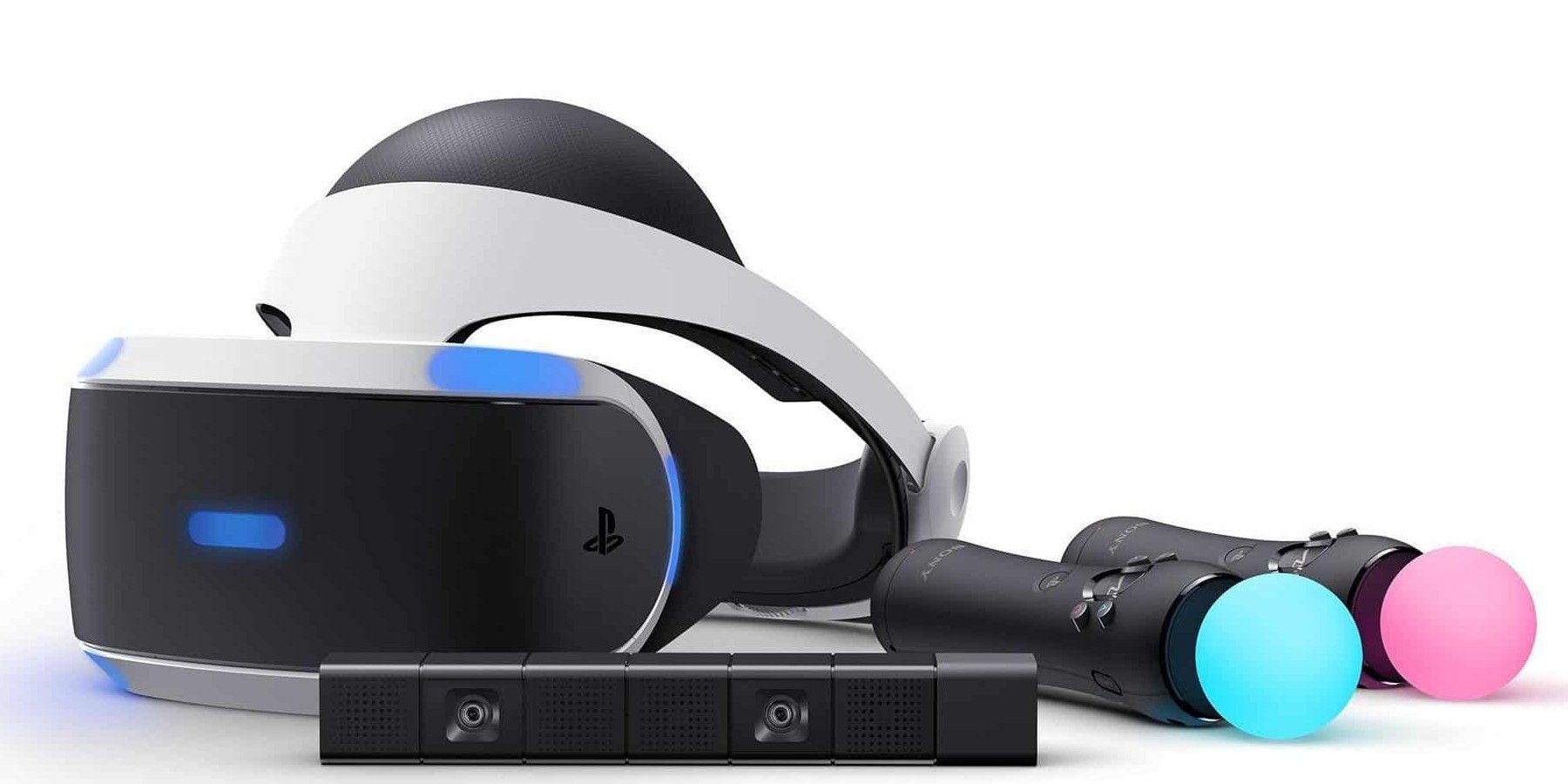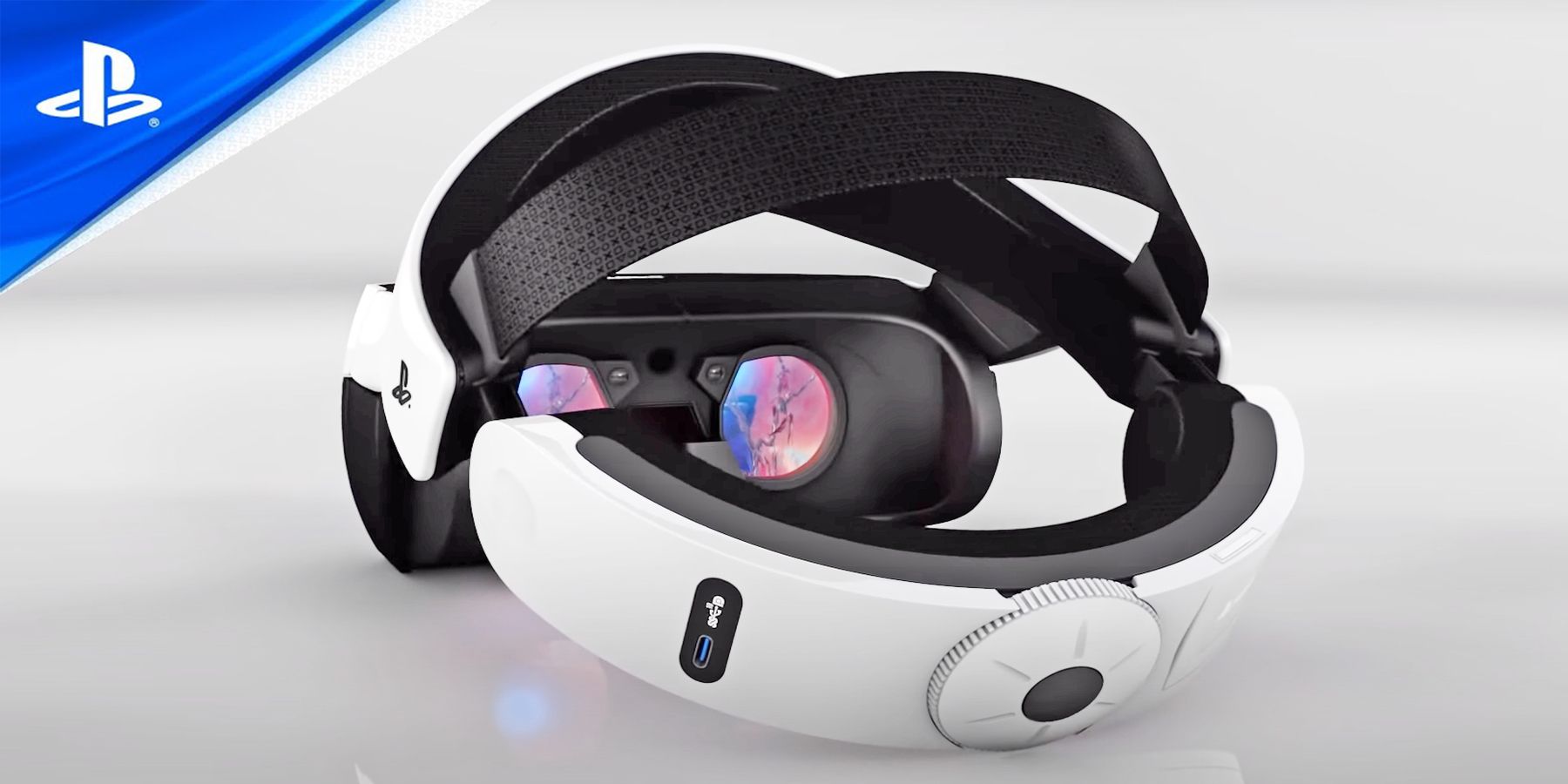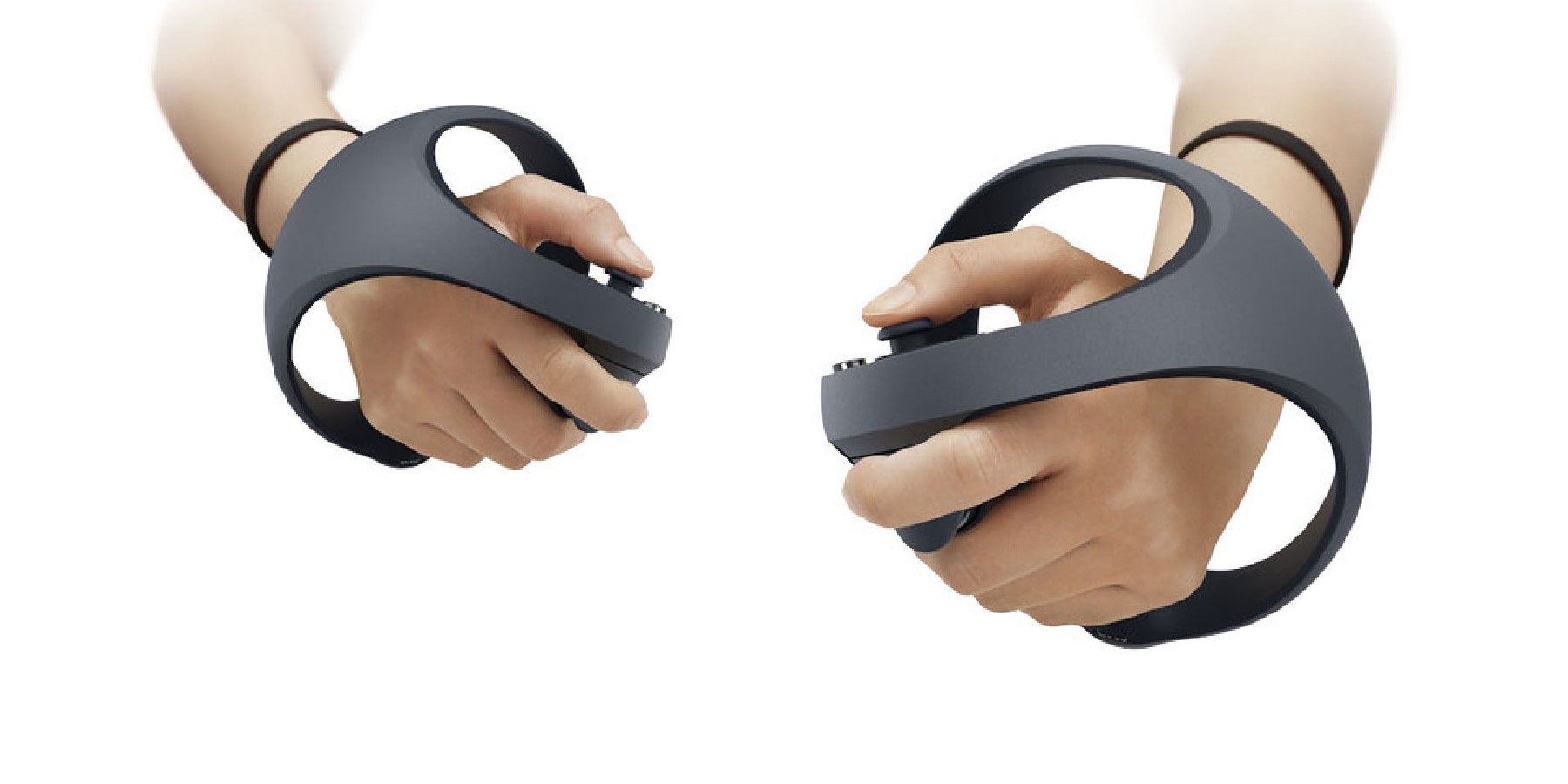The first PlayStation VR headset was met with a bit of a mixed reception at launch. While the headset was undoubtedly the cheapest option on the market at the time, the low resolution, and low processing power of the PlayStation 4 meant that the experience wasn't nearly on the same level as its PC counterparts. That didn't deter talented developers from making games for the system, and now PlayStation VR boasts a pretty solid line-up of both first-party and third-party games.
Fans of PlayStation VR got their first real taste of next-gen virtual reality last night during the CES convention, where a few more details on PlayStation VR2 were provided. While it was announced in February 2021, PSVR2 had its specifications detailed at the convention, and there's some pretty interesting differences between the original headset and the upcoming sequel.
Comparing PlayStation VR2's Specs to the Original's
The first, and maybe the most important, difference between the original PSVR headset and the upcoming model is the resolution. The original PSVR headset had a resolution of 1920x1080, whereas the new model is said to be 2000x2040. The new model is obviously a marked improvement on the first in this department, with a decently higher resolution, which should hopefully make games appear a little clearer through the headset. Although this is still a far cry from the HTC VIVE Pro 2's absurd resolution of 4896x2448, hopefully this is being done to keep the price point manageable.
The screens within the new headset themselves are still OLED, but now offer HDR features, which should help to make new VR games pop a bit more since HDR technology generally enhances the color on-screen. Rather surprisingly, however, the new headset model retains the same refresh rate as the original, both coming in at 90-120hz. Some long-time VR fans may be a bit disappointed with this, as modern headsets tend to strictly adhere to a 120hz refresh rate. PlayStation VR2 is also said to offer a slightly wider field of view than the original headset, allegedly offering 110 degrees, as opposed to the original's 100.
But by far the biggest change between PlayStation VR2 and the original headset is the pairing down of cables, now only requiring a single USB-C cable between the PlayStation and the headset, as opposed to the multiple cables attaching to both the console and the cable box with the original model. Similarly, the PlayStation Camera is no longer required for VR, as the new headset has four built-in cameras that will detect the player's surroundings.
PlayStation VR2's New Features
Along with the improvements on the original headset's specifications, the new PlayStation VR headset also has some exciting new features that could potentially change up the VR landscape as players currently know it. The first new feature is eye-tracking technology. This will apparently affect how NPCs react to players in certain games, with them initiating dialogue or interactions when the player looks their way. This is not a completely original concept, as the VIVE Pro Eye has similar eye-tracking technology, but if the PlayStation VR2 ends up being as affordable as some are speculating, then this will help to bring more attention to this fairly new technology.
The new PlayStation VR headset also uses haptic feedback technology, much like the PlayStation 5's DualSense controller. It's been said that players will be able to feel the wind behind an object as it flies past their head, which sounds pretty innovative, but might also pose some motion sickness problems.
One of PlayStation VR2's best revisions is its new "Sense" controllers. These will replace the current PSVR's rather awkward PlayStation Move wands, and will give players two analog sticks, along with some essential face buttons, bumpers, and triggers. These controllers also use the PS5's DualSense technology, with haptic feedback being built-in to the controller along with adaptive triggers. While VR fans still haven't seen the headset in action, aside from a brief Horizon Call of the Mountain trailer, these improvements over the first headset could make it a worthwhile upgrade for current owners.
PlayStation VR2 is currently in development.



